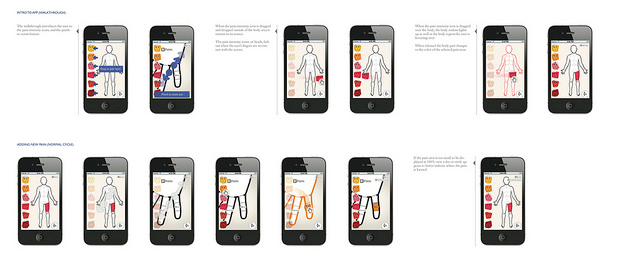This is the third of six articles in our User Experience Maturity series. Read part 1 and part 2.
In 2001, the creation of the consultancy Adaptive Path brought a surge of formality to user experience.
The first consulting firm to style itself as “user experience,” Adaptive Path served as a gravity well for not just user experience directly but the constellation of constituent disciplines and techniques around it. Within a few years of Adaptive Path’s formation there were non-profit organizations for all of user experience itself (UXnet), as well as information architecture (The Asilomar Institute for Information Architecture, now the Information Architecture Institute) and interaction design (Interaction Design Association ). New publications like Boxes & Arrows and UXmatters were birthed and began pumping out quality content. Conferences like Designing for User Experiences (DUX) were established, along with local groups in literally hundreds of municipalities around the world. The discipline had taken root and was spreading.
Still, while user experience was becoming known and interesting to creative professionals around the world, it hadn’t reached far beyond the cozy confines of product and engineering organizations within companies. That all changed with the rise of Web 2.0. Popularized by O’Reilly Media in 2004, shortly after we started Involution Studios in Palo Alto, California, Web 2.0 leveraged the latest front-end engineering technologies to make design and user experience first-order concerns for the whole of Silicon Valley, and particularly the rapidly expanding and progressive start-up scene.
During this period user experience transcended Silicon Valley and other pockets of progressive thought leadership to become an emerging topic of global growth and interest. While it still hadn't reached the level of board room consideration, thanks to progressive blogs and media led by Michael Arrington’s TechCrunch, user experience was attracting the attention of hipsters and progressives in every corner of the globe. More than that, whereas more austere disciplines like usability and information architecture were defining user experience before the Web 2.0 period, the evolving capabilities for rich digital experiences empowered disciplines like interaction and graphic design to increase the focus of user experience on aesthetics. This helped make user experience more attractive and accessible, just like the products being influenced by it.
Another characteristic of this period is that set principles and processes were being broadly accepted as the best and correct ways to do user experience. Even as UX was rapidly evolving, it was clearly establishing its place as an important business consideration with specific processes and applications that can be learned, implemented, and executed.
Managing the change in your organization
Transitioning from early-stage user experience to having it established as a high-functioning and important part of your organization means making real investment. Baking in lots of time. Assigning meaty budgets. Doing user experience the right way isn’t just paying for some design or tolerating that pesky research. It’s about treating user experience as a peer to engineering, something that has its own independent budget, process, and consideration. Anything less undermines the very investment in user experience your efforts are purporting to support.
What does it look like when user experience is established in an organization? Key characteristics include:
- Presence, voice, and influence at the executive level
- Built-in time for every phase of good user experience in product development: research, strategy, architecture, design, prototyping, and testing
- Stable user experience processes and smart integration into the other components of product development
- More than one full-time user experience staff member
- Strong agency relationship to call on for special projects, high-end leadership, and fast scale
Establishing user experience in an organization creates a transitional and emergent environment. It can lead to turf wars, as areas like engineering need to make room. Without a strong communication plan it creates friction as other parts of the company (especially non-creative) struggle to make sense of it. The bean counters, in particular, will probably be shaking their heads at the budget ask required to make this new, funky thing go right. There may also be questions of relationship, for which each organization will have different answers. How does UX relate to marketing? To strategy? To other parts of the company where design and creative activities are happening? There are no absolute right and wrong answers to these questions, so long as UX is able to function successfully in its nexus around product development and service without compromise.
This transition can be the hardest stage in UX maturity. It is the adolescence, with the awkwardness and growing pains. And even though it might feel like the hard part is finding the money and changing your development processes, that is really just the beginning. Deploying user experience to its full potential has ripple effects that go far beyond the product organization. Accounting for and navigating those is well worth the time and effort required. However, like nurturing a long-term romantic relationship, it takes a lot of patience, consideration, and care.
